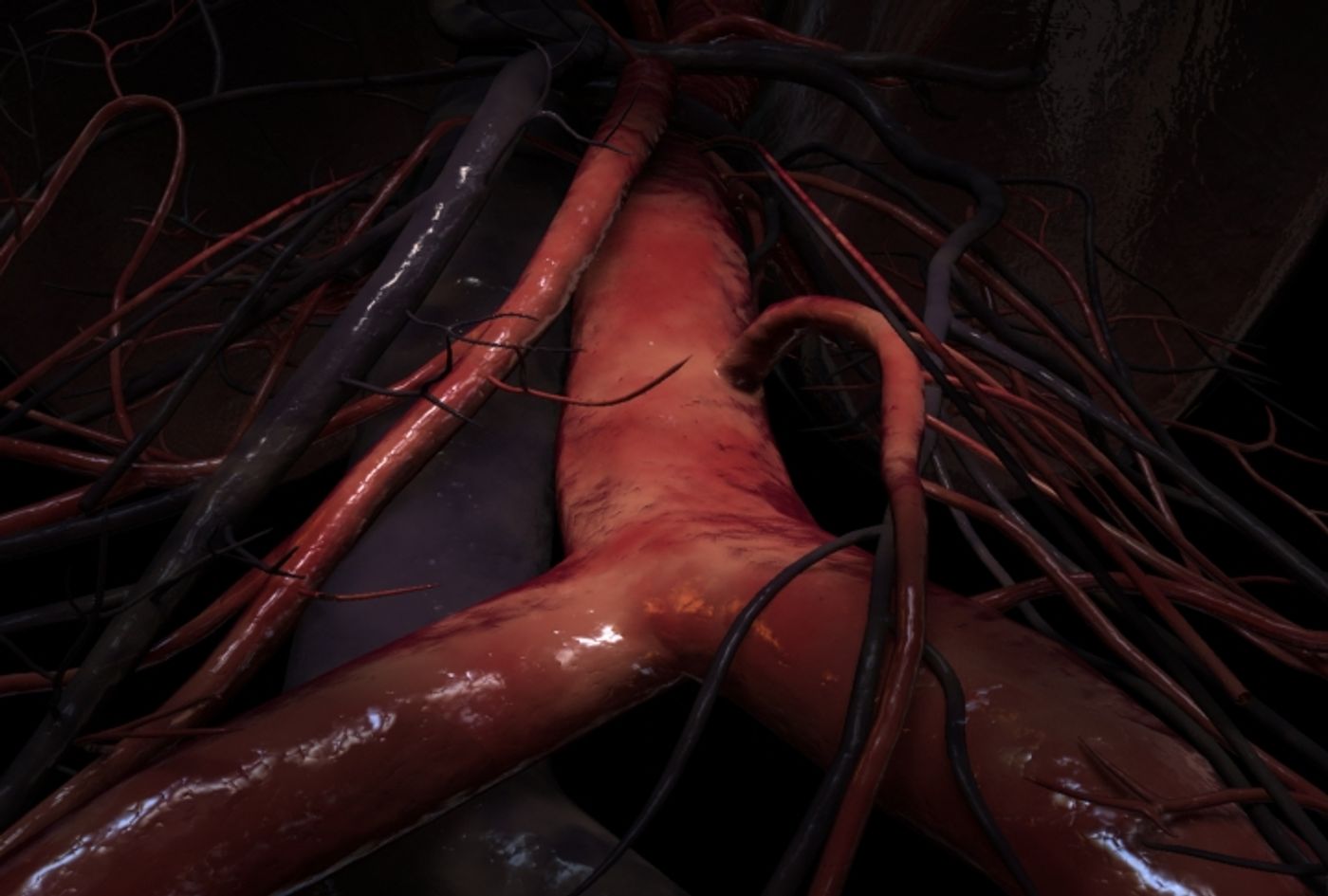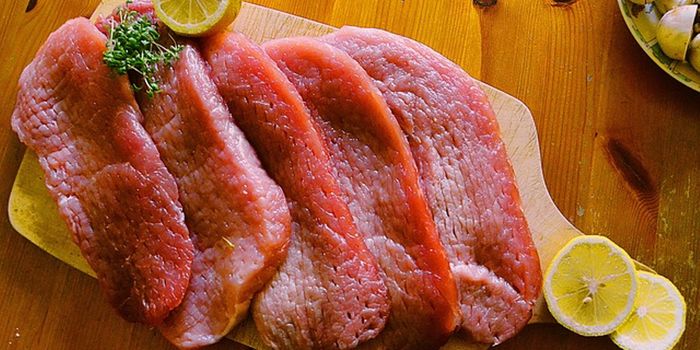New Gene Linked to Human Aortic Aneurysms
Using a web tool called GeneMatcher, scientists from Baylor College of Medicine studying defective copies of the ari-1 gene were matched up with scientists from the Baylor-Hopkins Center for Mendelian Genomics, who study the genetic factors linked to aortic aneurysms. Together, they identified rare variants of the human ari-1 gene in aortic aneurysm patients.
"One of the goals of our lab is to conduct genetic screens in the fruit fly to identify genes that cause neurodevelopmental and neurodegenerative disorders in people," explained corresponding author Dr. Hugo Bellen. “The gene we studied here, ari-1, is one of these genes."
Bellen and his team began by studying fruit flies genetically altered to have mutations in their version of the ari-1 gene. The result of this mutation was that ari-1-defective muscle cells’ nuclei - in addition to being misshapen - were clustered together instead of being evenly distributed throughout the cell as researchers would expect in a healthy cell.
Also observed was a connection between the proteins produced by ari-1 and another gene, parkin, which is associated with Parkinson’s disease. Researchers found that ari-1 and parkin proteins form complexes with each other, and their functions occasionally overlap.
"If Ari-1 is missing, Parkin can take over its function, but not as well as Ari-1; the fruit flies present a mild defect,” Bellen explained. “It works the other way too. When Parkin is missing, Ari-1 can compensate for its absence to some degree."
A structure called the cytoskeleton maintains the even distribution of nuclei, connected to another, smaller-scale structure called the nucleoskeleton, which exists within each nucleus. Why is even nuclei distribution important for muscle cells? Bellen and his team explain that this structure holds nuclei in place and permits them to sense changes in the cell, such as “mechanical tension changes that occur in their external environment.”
Interestingly enough, proper sensing of mechanical tensions affecting the aorta is important for preventing aneurysms. The aorta is the main artery that ferries blood from the heart to tissues all over the body, carrying oxygen and nutrients. An aortic aneurysm occurs when a weakened or bulging area develops on the wall of the aorta. This development raises the risk of rupturing, leaking blood into the body, or dissecting, splitting the layers of the artery wall and leaking blood.
The unique and rare ari-1 variants identified in the new study are linked to both cerebrovascular and aortic aneurysms. Researchers observed that patients with these variants have abnormally shaped nuclei in aortic smooth muscles, matching the finding from their fruit fly studies.
Going forward, researchers will soon tackle a potential solution: increasing ari-1 expression in patients with defective ari-1 genes to reduce the risk of aortic aneurysms.
The present study was published in the journal Developmental Cell.
Sources: American Heart Association, Baylor College of Medicine









